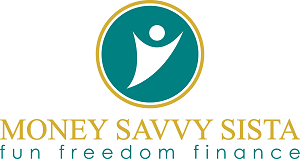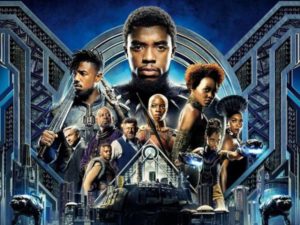WAKANDAFOREVER
#WakandaForever – In the Spirit of Cooperative Economics
The excitement around the Black Panther movie and #WakandaForever reminded me of some Wakandan activities or cooperative economic goals I set for myself:
- Open an account at a Black Bank
- Tally dollars spent with Black Businesses
- Continue to contribute to Alma Mater, an HBCU
- Buy a building and rename “The Greenwood District” after the Black Wall street neighborhood in Tulsa, Oklahoma
I’ve made a little progress but not enough in between the time I set these goals. I now have a checking account with Industrial Bank, the oldest Black Bank in Washington, DC. However, I haven’t moved all of my automatic bill pays and other banking activities set up with Well Fargo Bank. I’ve set a deadline for July 1, 2018.
Next I need to tally how much I spend with black businesses and in what categories can I increase expenditures within the black community. So far I can identify the following yearly expenses:
Hair $200 x 6 = $1,200
ASA! Fitness $160 x 5 = $800
Dynasty Landscaping $70 x 10 = $700
House Cleaning $80 x 6 = $480
Black Restaurants $???? A LOT
Clothing $300
Airbnb (Black Hosts) $300
Chanel Jaali Photography $250
Entertainment/Tourism sites $???? A LOT
State Farm Rep. – Mike Jones $2,000
Church $1,500
Clark Atlanta University $1,500
There are no black-owned utility companies that I’m aware of but I will continue to examine my spending. I was inspired to do this exercise by reading “Our Black Year” by Maggie Anderson. In the book, the author recounts the challenges faced when her family made a year-long commitment to shop only at Black-owned businesses. The year-long commitment was called the “Empowerment Experiment.” Maggie articulates in the book why it is so important for all Americans to work on economic justice as well as civil and human rights. What if “Soultown” was a celebrated part of American cities like Chinatown or Little Italy? The Empowerment Experiment’s landmark study proved that close to 1 million new American jobs could be created when African American consumers with Household Incomes of $75,000 or more were to increase their spending in the community from the current 3% to 10% of their disposable income. We had those thriving businesses in our communities over 60 years ago and we can create them again. Listen to Maggie’s Ted talk here:


